Workers and Non-Workers--An Analysis Based on 2001 Census
Synopsis
The process of development, in any society, can ideally be viewed and assessed in terms of what it does for an average individual. Since the era of Adam Smith, economists have recognized the important linkage between population trends and economic development. It becomes necessary, thus, to have a framework and evolve development strategies that forge and strengthen the link between the two, and encourage the most effective and efficient use of available resources for furthering the well-being of the people. In this context, the work participation rate, providing information on the ability of an economy to create employment, and, often more insightful than the unemployment rate, is increasingly in use for comparing different geographies. Census is not merely a headcount but is much more than that. Besides population count, it is a rich source of information on various characteristics of the population at the smallest geographical/administrative level. Since the first census of 1872, several questions have been added to collect data covering on various aspects of the economic profile of the population. The concepts and definitions adopted for the economic classification of population have undergone a change from census to census, yet a balance has been struck, which maintains the comparability of data over time while incorporating the recommendations on the new economic activities to be included as work. For instance, in 2001 census, persons engaged in cultivation and growing of crops (except plantation crops) solely for domestic consumption and persons engaged in rearing of animals for production of milk for their own use have been treated as workers and counted for the first time. In the present report, analysis of economic activity centres not only on identifying the working population in a country. But at the same time, it looks at non-working population to get the total picture. The data covers the economically active population classified by age and sex, SC/ST, education level, religious communities, industrial and occupational categories, etc. The location, concentration and distribution of working/non-working population by sex and residence help to analyze growth of economic activity in state/union territories. In 2001 census, 39.1 percent of the population has been recorded as working population in the country. 51.7 percent of males and 25.6 percent of females have been reported as workers. Overall, there has been improvement in the work participation rate during 1981-2001. The increase has been 4.0 percent during 1981-91 and 1.7 percent in 1991-2001. While the work participation rate of male workers is stagnating, the work participation rate of females has been on the rise. The increase in work participation rate in rural areas has been more than double the increase in urban areas. Among the major states, Chhattisgarh, Andhra Pradesh, Tamil Nadu, Karnataka, Madhya Pradesh, Maharashtra, Rajasthan and Gujarat have a work participation rate above the national average. These and other findings in the report would be of immense use for the planners and policy makers in identifying the areas which require further attention. This report has been prepared by the Census Division of the Office of the Registrar General, India.
Read more
20.70
18.63
$
23.00 $
Free delivery Wolrdwidе in 10-18 days
Ships in 1-7 days from New Delhi
Membership for 1 Year $35.00
Get it now and save 10%
Get it now and save 10%
BECOME A MEMBER

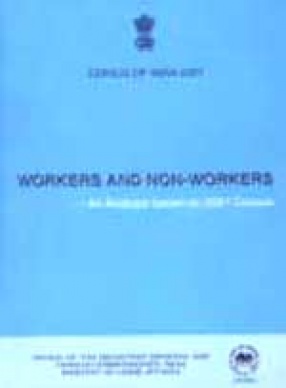




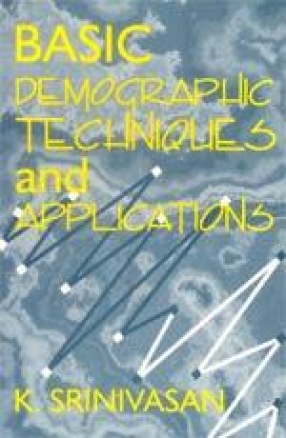
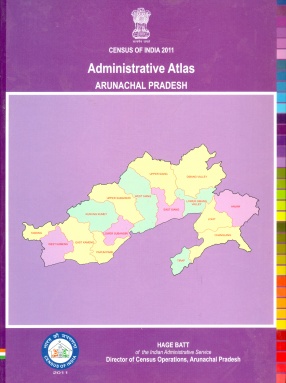
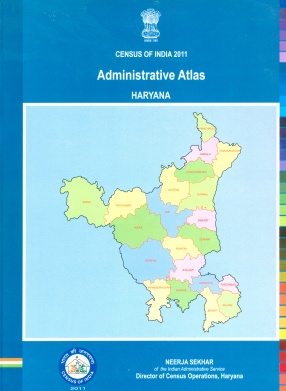
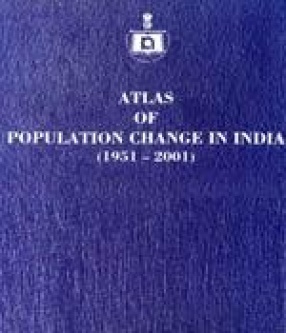

Bibliographic information